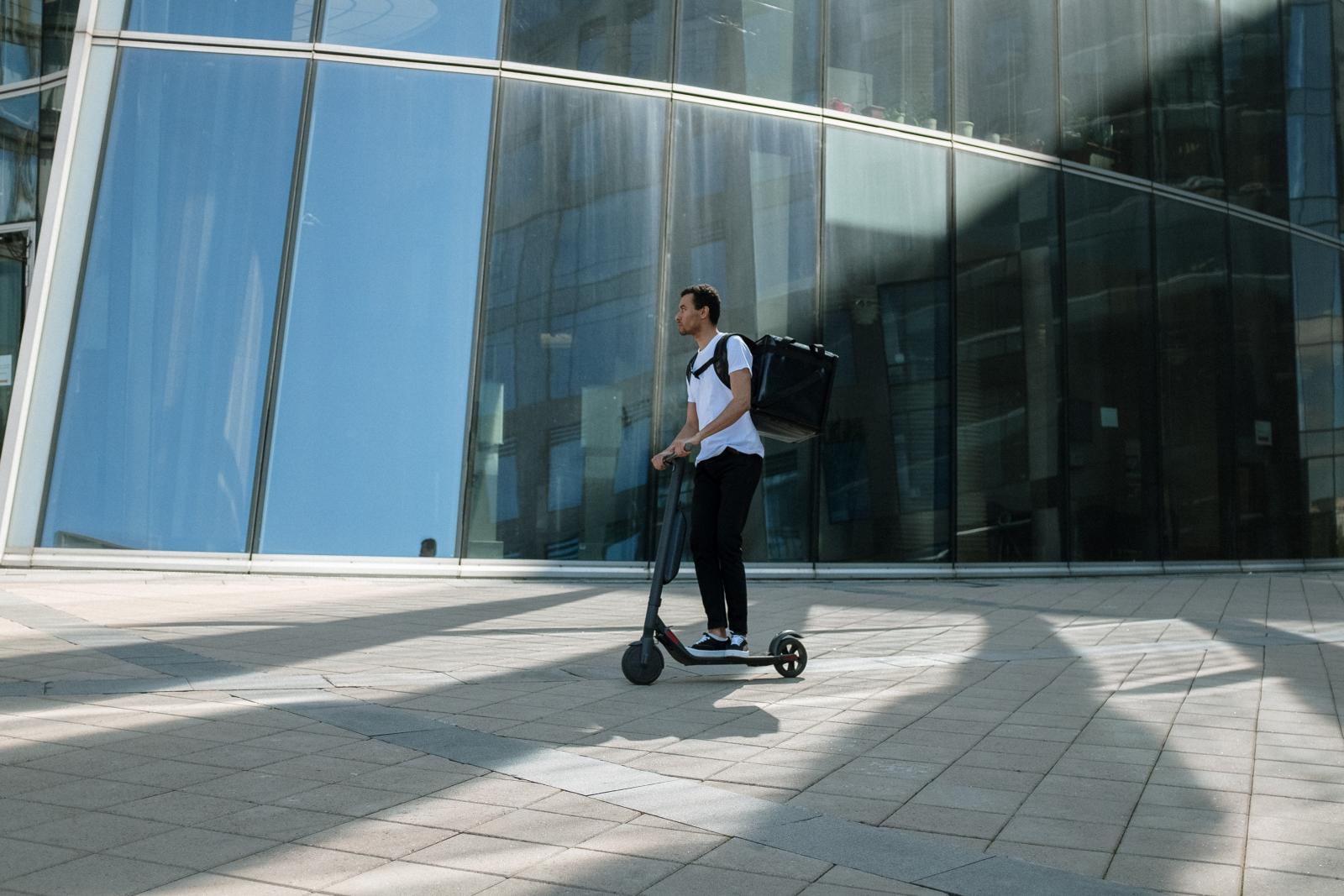Shared mobility in the new normal?

Reflecting on my blog post after last year’s CoMo Conference brings home to me just how much the world has changed. Pandemic, social distancing, face coverings, R-number were all things that were unheard of or vague and distant threats. For most of the last year we avoided non-essential travel and public transport patronage has suffered. But how has shared transport fared? And what might its role be in the ‘new normal’? CoMo held its 2020 conference online last month, exploring some of these questions and more. Here are some of my thoughts.
Shared transport in the pandemic
Shared transport operators stepped up in the early days of the pandemic, particularly seeking to support key workers to access jobs as people avoided public transport. Many bike hire schemes offered discounts and free rides to those working on the frontline. There was a huge growth in cycling over the Spring and Summer, with cycling rates in the week at 165% of pre-lockdown levels on average in the week and at 265% at the weekend during May and June, as people made the most of good weather and quiet roads. Shared bike schemes saw increased use, with Santander Cycles in London having its busiest ever day (on a normal working day) on Wednesday 24th June, with 51,938 hires.
The UK Government accelerated e-scooter trials to support those who needed to travel. These are still in the early stages but initial results from Nottingham’s trial show that they are popular. In the first four weeks, 3,000 people registered to use the scheme, 19,000 rides had taken place, with over 38,000 miles ridden. And a key worker scheme will be launching soon that will provide an e-scooter on longer-term hire.
Transport decarbonisation
These facts, from Ali Clabburn at Liftshare, made me stop in my tracks. 50% of commuters drive alone and they are responsible for 82% of commuting emissions. Pre-Covid, commuting by car contributed 15 million tonnes of CO2 every year, 5% of the UK’s total carbon emissions. Given we are seeing a return of car travel to pre-pandemic levels while public transport patronage remains lower, this could be exacerbated in the coming months and years. Shared, sustainable and public transport options are key to decarbonising our transport system. The Government is set to publish its Transport Decarbonisation Plan shortly and you can find our response to their consultation here. Richard Dilks from CoMo has also written about the role for shared transport in decarbonisation here: Decarbonisation: cutting edge ideas from the past - CoMoUK.
Social inclusion
Where it’s designed well, shared mobility can help to address challenges associated with social inclusion. In Portland, Oregon, the Bureau of Transportation worked with their e-scooter operator to ensure that low income areas were served and found high support for e-scooters amongst people of colour and low-income groups. It is also important to engage with disabled people in the design of shared mobility schemes to ensure inclusive design, enable the widest range of possible users and to mitigate any negative impacts for example around street clutter or riding on pavements. And as one operator suggested during the CoMo conference, the majority of people will not be using shared micro-mobility schemes, so making sure that these systems work well for non-users is important.
Revenue funding and resourcing at transport authorities
A theme that appeared throughout the CoMo conference is the need for cities and towns to develop a strategic and joined up approach to shared mobility as part of wider transport and spatial planning. However, declining revenue funding for transport, coupled with more than a decade of austerity that has stripped much of the expertise and capacity from local authorities, makes this a challenging prospect in many areas. If we want truly joined up, integrated planning for a sustainable and decarbonised transport future, then we need to invest in building capacity in our local and regional authorities to enable this.
Shared mopeds
Shared electric mopeds were a mode I was vaguely aware of, but presentations from operators during the CoMo conference brought them to life for me. And personally, I’m excited about them! The idea of being able to hop on an electric moped to make the last mile (or two) of a multi-modal public transport journey is attractive to me, and I think it could be a good gateway to car-free or car-light living. Though I would be slightly concerned that this would abstract from active travel trips, with potential negative health outcomes.
A swiss army knife for personal mobility
Finally, this phrase from Sandra Phillips from movmi really appealed to me: ‘a swiss army knife for personal mobility’. Having the right tool for the right job is what sells a swiss army knife, and we need the right modes and options for the right journeys. Shared mobility can offer multiple options in distributed locations, so you can hop on a shared bike or e-scooter when you arrive in a city on a train. Sometimes you might need to make a journey by car, but maybe if all the other tools or options are available then those car journeys are fewer and car club membership looks more attractive than owning your own private car? Taken together, we could see more agile journey patterns and more sustainable lifestyles as a result.
You can catch up on all the presentations from the CoMo 2020 conference here: Conference - CoMoUK
Clare Linton is Policy and Research Advisor at the Urban Transport Group, and is on the Board of Trustees at CoMo

